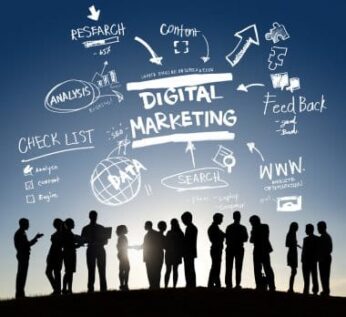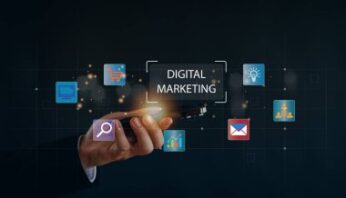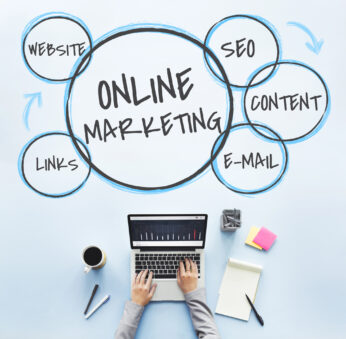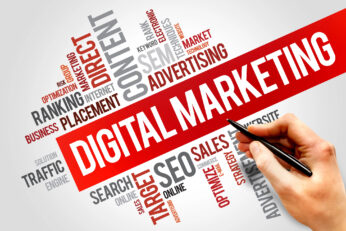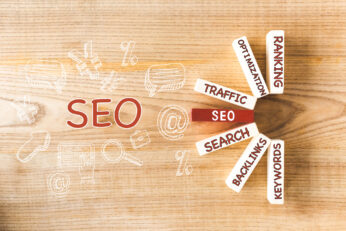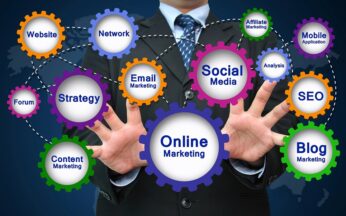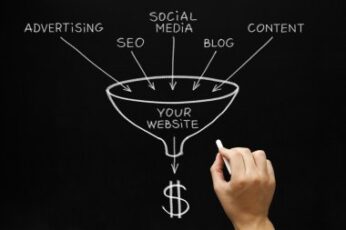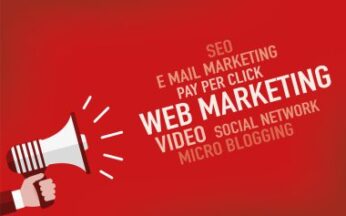In today’s digital landscape, standing out is more crucial than ever. At Total Web Partners, we specialize in crafting tailored Web Marketing Services to help your business capture attention, engage customers, and drive conversions.
Our team’s expertise ranges from comprehensive website design and build services to strategic digital marketing solutions like SEO, social media management, and email marketing. Every project is guided by a commitment to innovation, performance, and results.
Why Choose Total Web Partners?
When you partner with us, you gain access to a team that prioritizes your unique needs. Whether you’re looking for targeted SEO, AdWords management, or engaging content, our services ensure your business shines in the digital space.
Our SEO solutions, for instance, are designed for both national and regional markets, positioning your brand to reach the right audience effectively. With a focus on search intent and data-driven strategy, our SEO specialists implement best practices to improve search rankings and attract high-quality traffic.
For businesses that want an instant boost, we offer AdWords and Paid Ad Management services, including Google Ads and social media advertising. Our team handles everything from keyword research to ad design and analytics, ensuring you maximize return on investment.
Building Customer Engagement with Social Media and CRM Integration
Our social media management and content creation services help your business foster an online community. By developing consistent, relevant content, we help build loyalty and drive engagement. In addition, our One Touch CRM is a game-changer, allowing seamless interaction with customers across multiple channels, enhancing productivity, and simplifying data management.
With a strategic blend of technology, creativity, and analytics, Total Web Partners is your partner for long-term digital success. Explore our comprehensive suite of Web Marketing Services to discover how we can elevate your brand online.
